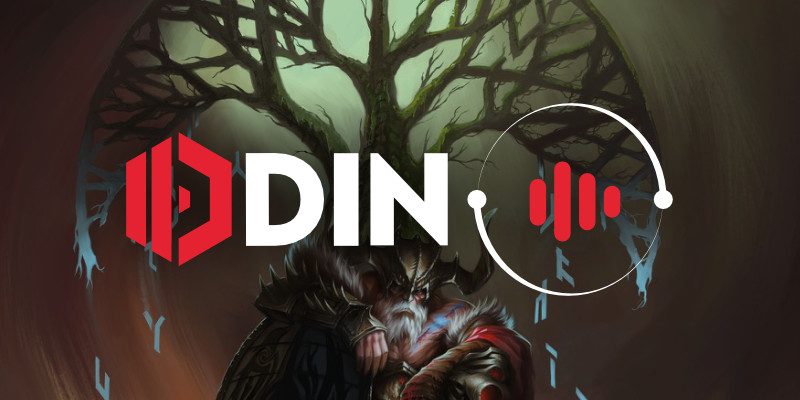We’re pleased to introduce ODIN Voice 2.0 - a major update to our core SDK that simplifies integration, improves flexibility and provides a cleaner foundation for building multiplayer voice experiences. This release refines the way you work with channels and positional audio, updates the SDK core API and lays the groundwork for more advanced routing and spatial setups - all while staying true to ODIN’s minimal, low-overhead design.
Shaped by Developer Feedback
When we launched ODIN, the goal was to make high-quality, low-latency voice chat straightforward to integrate into multiplayer games and applications. Over time, as developers built more complex systems - from proximity chat to dynamic team routing - we noticed recurring patterns and workarounds. Many of you were combining multiple rooms or implementing your own filtering layers just to achieve richer spatial behavior or more granular control.
With version 2.0, we wanted to address these use cases directly. Instead of adding more surface area or more abstractions, we focused on simplifying the underlying model while making it more powerful. The result is a leaner core SDK that still does the heavy lifting, but gives developers more direct control over routing, proximity and audio behavior.
Evolving Positional Audio and Routing
Previous versions of ODIN already offered a solid foundation for proximity chat and positional audio, enabling developers to build convincing spatial voice experiences out of the box. But as projects grew more ambitious, we saw opportunities to make this system even more flexible and easier to scale. ODIN Voice 2.0 builds on that foundation with a new channel mask–based architecture that simplifies routing and unlocks more advanced spatial setups without adding complexity.
Each room now supports up to 64 independent audio channels, represented by a 64-bit mask. Clients can transmit on multiple channels simultaneously, with each channel carrying its own 3D position and scaling. On the receiving end, peers can adjust their masks to decide exactly which peers and channels they want to hear. By clearing or setting individual bits, you can switch between global, team or proximity modes without spinning up multiple rooms or adding custom filtering layers.
This new model makes it easy to combine localized spatial audio, team communication and broadcast voice within a single room. It’s a more scalable, cleaner approach that adapts well to large multiplayer environments, cooperative gameplay, social spaces and any scenario where audio context matters.
Cleaning Up the Edges
Alongside the new routing model, the SDK’s API has been streamlined to make integration more intuitive. Connection pooling is now handled internally - voice rooms automatically share underlying connections, removing the need for manual pool management. Signaling has moved to plain JSON, replacing the previous MessagePack RPC format, which makes it easier to debug and integrate ODIN with different languages, engines and frameworks. Audio encoders and decoders now play a central role in media handling and authentication supports both raw JWTs and JSON-based configuration, giving you more flexibility in how you structure tokens and initial state.
Use Cases and Integration Scenarios
These improvements make it easier to build sophisticated communication systems without extra infrastructure. Competitive games can define separate team, squad and broadcast channels with server-enforced routing. All open world or social experiences can rely on positional audio to scale naturally as player counts increase. Simulation and training environments can define structured radio networks using the same primitives. Because channel masks and positions can be updated at runtime, developers can script complex routing behavior without touching the underlying transport layer.
A Note of Thanks
This release was guided by feedback from developers, studios and early adopters who built real projects with ODIN. Your experiences with proximity chat, routing and spatial voice at scale played an important role in refining the SDK’s direction. We always appreciate your input and support and we’re super excited to see what you’ll create with these new capabilities.
Looking Ahead
2.0 is a foundational update. By simplifying the core and expanding routing capabilities, we’ve set the stage for new features, deeper integrations and more ambitious use cases. As the SDK evolves, we’ll continue refining it with a focus on real-world development needs and long-term stability.
We’re excited to see how developers will use these new tools to push the boundaries of in-game communication. Whether it’s large-scale multiplayer worlds, tightly coordinated competitive play or immersive social spaces, ODIN is built to give you the control and performance you need to make voice a seamless part of your experience.
We’re just getting started.

